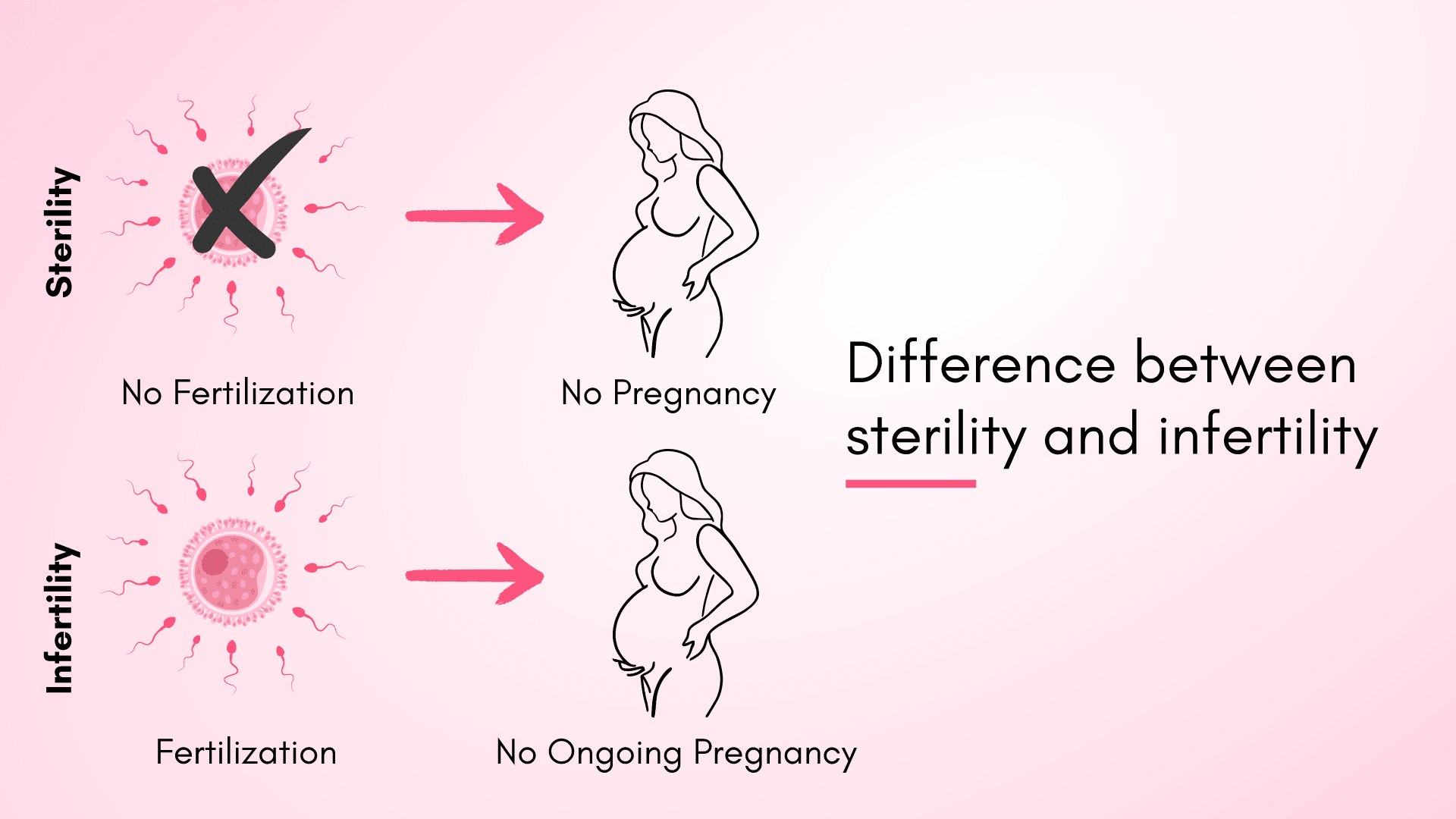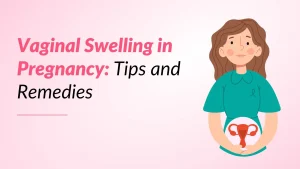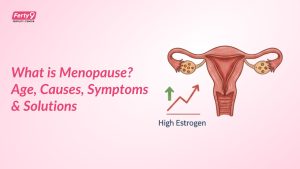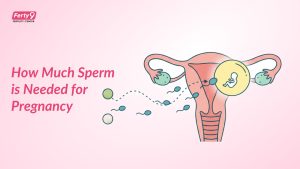What is Sterility?
A person is considered sterile if he or she is physiologically incapable of bearing children without medical help. In men, this refers to the absence of sperm in semen, whereas in women, it relates to the lack of ovulation. This might be due to congenital abnormalities, such as being born without ovaries, or surgical procedures, such as tubal ligation or a vasectomy.
What is Infertility?
Infertility is the inability to get pregnant following 12 months of regular, unprotected sexual intercourse. Uterine fibroids, endometriosis, and thyroid disorders are some of the reasons for infertility in women. If you’re a male, you can be infertile due to a low sperm count or sex hormone levels.
Related Read:
Female Infertility: Common Causes and Possible Solutions
Male Infertility Problems and Treatment Options
Biological Differences
Sterility: Complete Inability to Conceive
Sterility is the inability to have a biological child, and it has a variety of causes. It might be a genetic trait, or it can be acquired from the environment, such as through injuries, disease, or radiation exposure. Sterility is of two types, primary sterility occurs when a couple has never conceived, whereas secondary sterility occurs after one successful pregnancy but no subsequent pregnancies.
Infertility: Difficulty in Conceiving or Carrying a Pregnancy to Term
Infertility is the inability to successfully complete a full-term pregnancy and deliver a healthy baby. There are various causes that can contribute to infertility. Depending on the causes, infertility can be treated with medication, hormone treatment, or surgery. Unlike sterility, infertility may not necessarily result from a medical condition or surgery. Primary infertility is defined by the absence of a successful full-term pregnancy. Secondary infertility refers to miscarriages that occur after a successful pregnancy.
Potential for Treatment
Sterility: Lack of Treatment Options
Sterility is the inability to conceive a baby because of a medical condition or procedure—for example, tubal ligation (tying your tubes) or the removal of reproductive organs. Sterility can also occur after the uterus has been removed. Both men and women can be diagnosed with sterility. There is a lack of treatment options for sterility.
Infertility: Range of Treatment Options
A variety of causes can lead to infertility. Infertility in the male reproductive system is most usually caused by issues in the ejection of semen, a lack or low amount of sperm, or an irregular shape (morphology) and motility of the sperm. A number of medical conditions can induce infertility in the female reproductive system, including those affecting the ovaries, uterus, fallopian tubes, and endocrine system.
Depending on the causes, infertility can be treated with medication, hormone treatment, or surgery. In situations of unexplained infertility, IVF (In Vitro Fertilization) can be the most effective treatment. Assisted Reproductive Technology (ART) is an advanced and complex treatment option for people who have already gone through several infertility treatment options but are still unable to achieve pregnancy.
Impact on Reproductive Potential
Sterility: Zero Reproductive Potential
When a man or woman is diagnosed with sterility, their reproductive potential is completely lost. There is a lack of treatment options to achieve pregnancy.
Infertility: Reduced but Present Reproductive Potential
Infertility treatments range from medicine to embryo implantation via assisted reproductive technology (ART). There are treatment options designed exclusively for men or women, as well as those that include both couples. So, with a wide range of infertility treatment choices, the reproductive potential is higher.
Diagnosis and Prognosis
Sterility: Typically Straightforward
This diagnosis is usually determined based on your medical history, physical exam, and lab results. Sometimes, a biopsy may also be performed to diagnose disorders that lead to sterility. Once a definite diagnosis of sterility is made, the odds of reproduction are zero, and there are no treatment plans to achieve conception.
Infertility: Diagnosis is Often Complex
There are numerous tests for testing fertility in men and women. These are the most complex procedures, which might some time be more uncomfortable and expensive too. The series of tests includes hormone testing, image analysis, semen analysis, biopsy, ovulation testing, and ovarian reserve testing. Apart from that, in a few cases, hysteroscopy and laparoscopy are also done. Not everyone needs to undergo all, or even several, of these tests before the cause of infertility is determined.
Psychological and Emotional Impact
Sterility Often Brings a Sense of Finality
In cases of sterility, the chances of getting pregnant are the lowest possible, and accepting the fact becomes more difficult for the couple. It is advisable to attend counseling sessions to minimize the stress and emotions the couple goes through in their everyday lives.
Infertility is Emotionally Challenging and Lengthy
Infertility can cause shock, hopelessness, sorrow, anger, frustration, loss of self-esteem and confidence, and a general loss of sense of control. The months and even years spent in fertility despair can exhaust your mental resources, making it tough to negotiate the emotions.
Coping with Sterility and Infertility
Managing stress becomes an essential part of the reproductive journey. Try these methods to help manage stress throughout infertility treatment: Express yourself. Reach out to others. It can help you cope with emotions like rage, despair, and guilt. Set aside time for healthy, enjoyable, and relaxing activities such as meditation, reading, exercising, or going for walks to help you manage your stress. When dealing with infertility, it may be extremely beneficial to seek assistance from friends, family, partners, therapists, and support groups.
Conclusion
Sterility and infertility are tough stages of a couple’s life. Fertility treatments have advanced significantly over the years and have transformed the path to motherhood by providing new alternatives and hope to people experiencing infertility. Intrauterine insemination (IUI), In Vitro Fertilization (IVF), Intracytoplasmic Sperm Injection (ICSI), and Preimplantation Genetic Testing (PGT) are among the techniques that have transformed reproductive medicine.



























